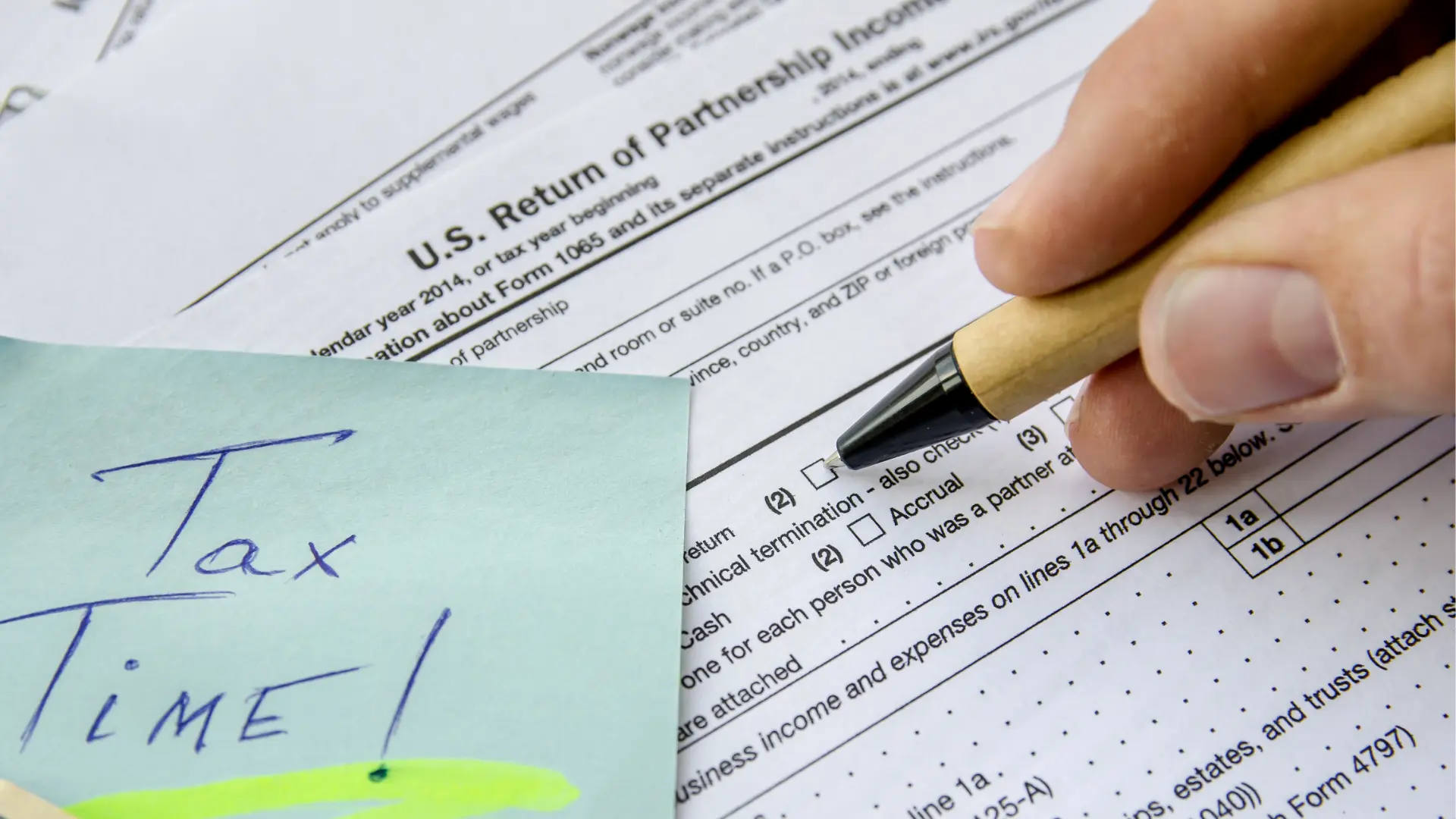Schedule K-1 is key in the partnership tax return process, detailing each partner's part of the partnership's financials. It's vital for linking the partnership's tax return to the partners' personal taxes. By knowing how Schedule K-1 works, partners can ensure they report their taxes right and prevent tax trouble with the IRS.

Schedule K-1 is a special tax form partners get from partnerships. It shows each partner's part of the group's money, tax breaks, and other financial things. This form helps partners tell the IRS exactly how much of the partnership's financial actions belong to them.
Partnerships don't pay taxes directly. Instead, they share their financial info with the partners, who report it on their tax returns. Schedule K-1 helps partnerships do this. It tells partners what they need to report from the partnership's financials.
Schedule K-1's main job is to give partners the details they need. They use it when filling out their tax returns. It covers what each partner should list for the partnership's income, losses, and other financial matters. With Schedule K-1, it's easier for partners to report taxes correctly and benefit from tax rules.
Partners really need Schedule K-1. It lets them report their finances right on their tax forms. Understanding Schedule K-1 helps partners follow tax laws well and use tax advantages well.
Schedule K-1 is key in the taxes of partnerships. Partnerships don't pay taxes themselves. They pass their gains and losses to their members with Form 1065, creating Schedule K-1s. If a foreign partnership makes money in the U.S., they might still have to use Form 1065. This depends on the earnings and partners involved.
The Schedule K-1 shows what each partner made or lost in the year. It lists the partnership's earnings, deductions, and more. This form is part of the larger tax return that partnerships file, Form 1065. Every partner should get their Schedule K-1 from the partnership. Then, partners use it to include their part in the taxes they pay personally.
Having the right info from Schedule K-1 is vital for partners to file their own taxes right. Not giving a partner their Schedule K-1 can lead to a fine. The fine is $290 per case. The total fine for not giving them out in a year can reach $3,532,500.
Schedule K-1s are usually given out by March 15th. But, they can be delayed to September 15th. Each year, over 40 million people in the U.S. get these forms. They come in three main kinds: Form 1065 for partnerships, Form 1120-S for S-corporations, and Form 1041 for trust.
To work smart with Schedule K-1 forms, using good software is a big help. It lowers the chance of mistakes, cuts how much work the staff has to do, saves time, and makes things more precise. If Form 1065 is late, there's a penalty. It's $220 for each partner every month the form is late, up to 12 months.
Schedule K 1 is key for business partners. It shows income, deductions, and more. Knowing this helps with your tax return.
Part I shows the partnership's basic info. This includes their EIN and where they file taxes. You can also see if it's a publicly traded partnership (PTP).
Next is Part II, which is about you, the partner. It lists your TIN, whether you're general or limited, and your details. You'll also see your cut of the profit and losses.
Part III tells you about this year's money. It talks about income, deductions, and more. This part helps you do your tax return correctly.